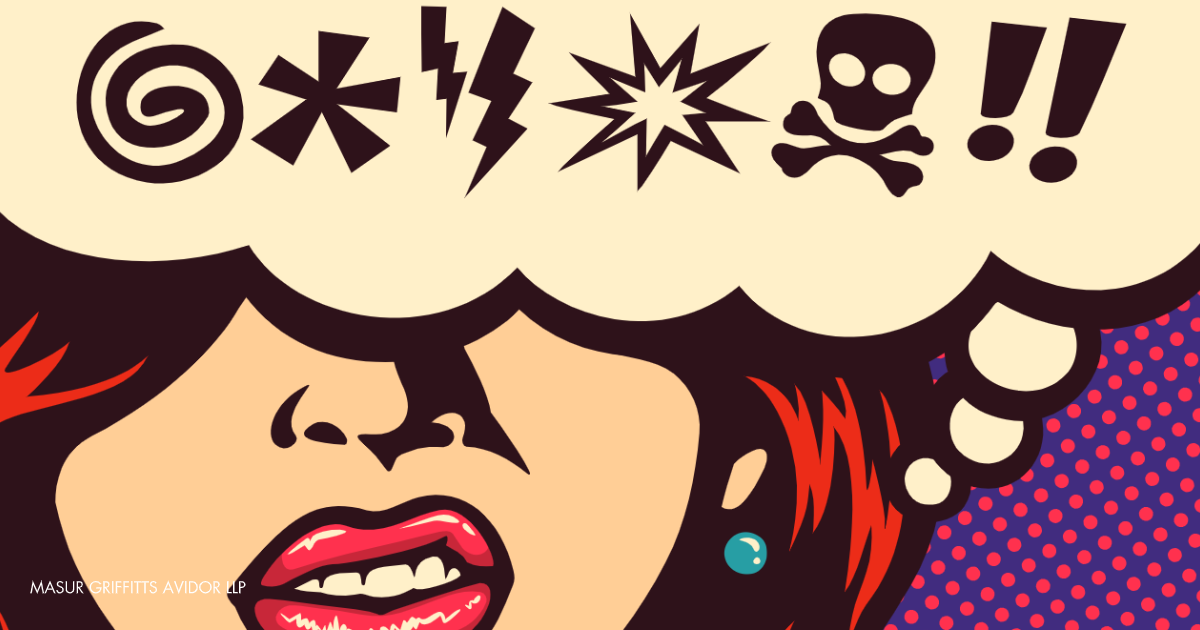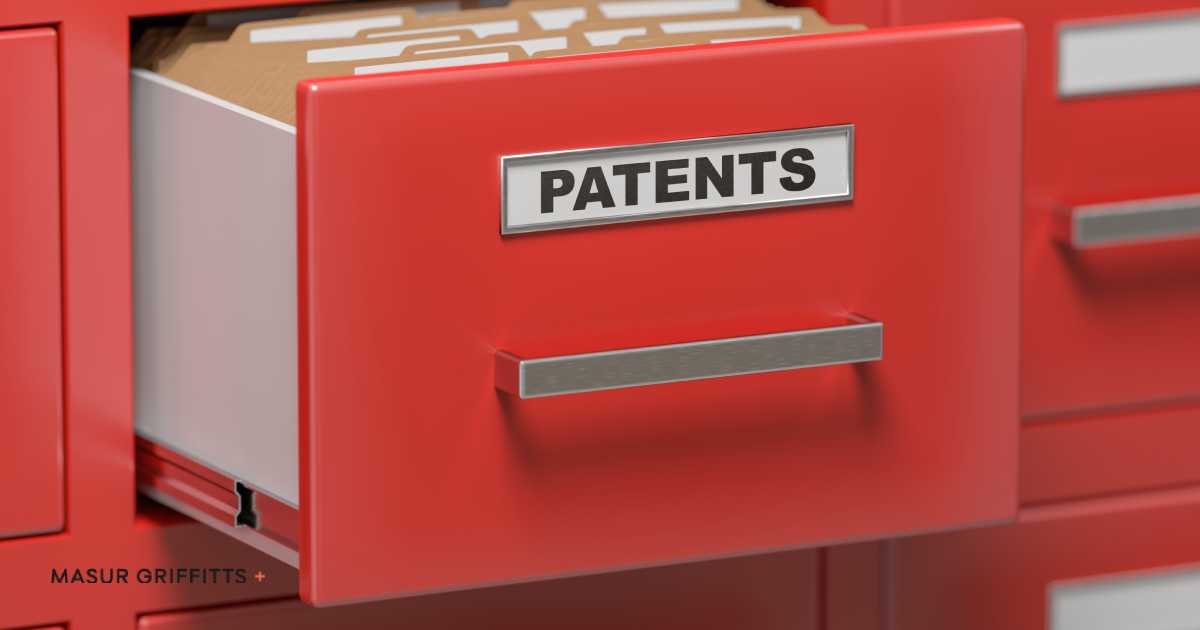The Pitfall of Trademark Genericide: When Household Names and Brands Collide
By: Jon Avidor and Qualia C. Hendrickson
Escalator. Heroin. Dry Ice. Teleprompter. Laundromat. Each of these words or phrases were originally coined as trademarks, though have since lost their distinctive nature and exclusivity as they slowly became part of the American lexicon in the years since their introduction. They’ve fallen victim to genericide.
“Genericide” occurs when a once-distinctive trademark becomes the commonly used and understood word for a certain type of good or service, in general, and not in reference to any one particular product or manufacturer. Back to our initial list of genericided marks, when people take an escalator, all they know is that they’re hopping on a mechanically ascending or descending staircase and praying it won’t eat their shoelace. As early as 1950, the general public no longer associated the escalator with its 1891 inventor (and Lehigh graduate) Jesse Reno or the Otis Elevator Company, which trademarked “escalator” in 1900. See Haughton Elevator Co. v. Seeberger, 85 U.S.P.Q. (BNA) 80 (Apr. 3, 1950). A trademark can become generic either through the trademark owner’s improper policing of the mark against infringing uses or the public’s use of the mark as the general name for similar good and services. For example, in an October 2013 SEC filing, Twitter Inc. expressed concern that the term “‘Tweet’ could become so commonly used that it [could become] synonymous with any short comment posted publicly on the Internet.” Similar to Xerox, Band-Aid, Kleenex, and TABASCO, Twitter launched a public relations campaign as early as 2010 on how to properly use the word “Tweet,” which drew some vocal opposition, including from the cofounder, CEO, and editor-in-chief of Business Insider.
Trademark owners often lose their exclusive right to use their respective trademarks or service marks due to genericide in two ways: (1) in trademark infringement litigation where a defendant successfully argues genericide as a defense resulting in the mark’s cancellation or (2) where a challenging brand, producer, or manufacturer seeks to cancel the trademark owner’s trademark registration. In deciding whether a trademark has become generic, courts use the primary significance test and ask “whether the primary significance of the term in the minds of the consuming public is now the product and not the producer.” Elliott v. Google, Inc., No. 15-15809 (9th Cir. May 16, 2017). What is relevant is not whether some small portion of the public considers the term an indicator of the source, but rather what the “entire consuming public” considers the term to indicate. Bayer Co. v. United Drug Co., 272 F. 505 (S.D.N.Y. 1921). Courts also consider whether declaring the mark generic will create a likelihood of confusion among the consuming public and induce consumers into buying a competitor’s product when they intended to purchase the one made by the original trademark owner.
The following cases illustrate the risks to trademarks posed by, first, a trademark’s owner improper policing and, second, the public’s appropriation of the mark in relation to the type of goods or services in general.
Improper Policing Against Infringement
Asprin
Bayer Co. v. United Drug Co., 272 F. 505 (S.D.N.Y. 1921).
Bayer once owned exclusive rights to call the drug acetylsalicylic acid “Asprin” but lost its trademark in one of the greatest examples of genericide. The pharmaceutical company tried to prove the strength of their mark by showing that pharmacists and chemists understood the term “Aspirin” as a reference specifically to Bayer’s drug, but ultimately lost on the basis that whether a mark is generic does not depend on whether a select section of the public understands the mark as a source identifier, but rather whether the public as a whole understands the mark to refer to the product and its single source.
Thermos
American Thermos Products Co. v. Aladdin Industries, Inc., 207 F. Supp. 9 (D. Conn. 1962).
Because it failed to stop others from using “thermos” in connection with insulated bottles and the like, the company that originally owned and produced the bottles under the trademark Thermos is now limited in its rights to its trademark. Additionally, the company failed to prevent generic uses of the term by non-trade publications or follow up with trade publications that agreed to discontinue their generic use but persisted. As a result, other insulated container manufacturers may use the term “thermos” as long as they eliminate the risk of confusion among consumers by preceding the term with their own name or brand and display the term “thermos” in all lowercase, same sized letters.
Public Appropriation of the Trademark
Cellophane
DuPont Cellophane Co. v. Waxed Products Co., 85 F.2d 75 (2d. Cir. 1936).
The original creator of “cellophane” lost his grounds for trademark protection because the mark was employed to describe the product with no other descriptive words, e.g., “Cellophane brand transparent wrapping.” Producers developing products that are the “first of their kind” in the marketplace should keep in mind what the term means to the buying public, which will be central to a court’s analysis. An inventor who does not provide the public with an alternate name and uses only the trademark to market the product will likely subject the trademark to genericide.
Beanie Baby
Ty Inc. v. Perryman, 306 F.3d 509 (7th Cir. 2002).
While Ty Inc. still holds its trademark for BEANIE BABY®, it failed to prove that the use of the term “beanies” for second-hand beanbag stuffed animals diluted the value of its trademark and misled the public regarding brand affiliation. Citing the difference between trademark dilution and fair use, the court noted descriptive or suggestive marks are better candidates for becoming generic than more distinctive marks. If a trademark is a more appealing term than its generic name—just as the term “beanies” is a more appealing name for “beanbag-stuffed animals”—the trademark owner may lose its trademark protection due to public appropriation as a convenient short-hand. Meanwhile, I’m still waiting for my Beanie Baby collection to be worth, like, a million bucks some day—the Millennial dream.
What we can learn from these cases is that trademarks are not well suited for “Set It and Forget It”®, but instead require attention. What trademark owners do with their marks—registered or not—can have significant consequences on the value of their brands as they gain greater market penetration and become household names.








